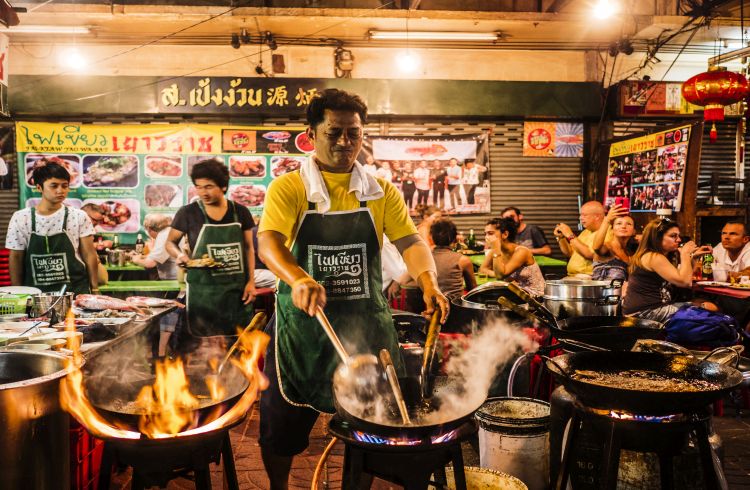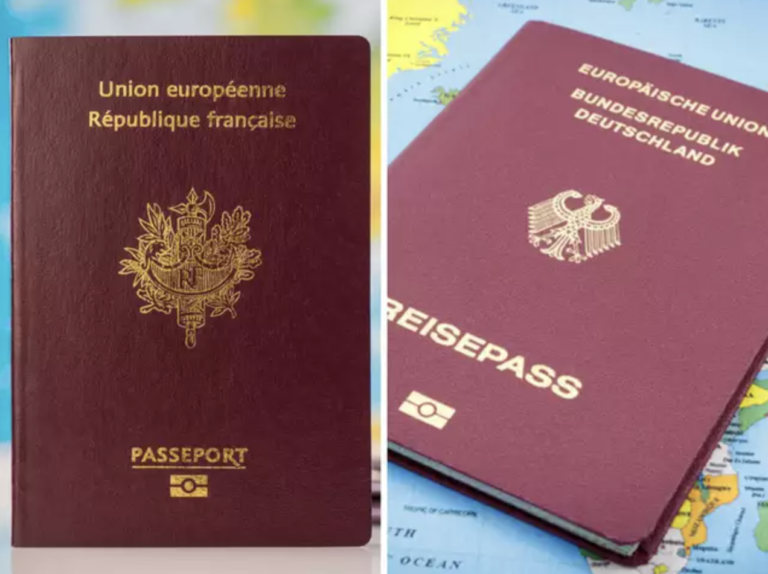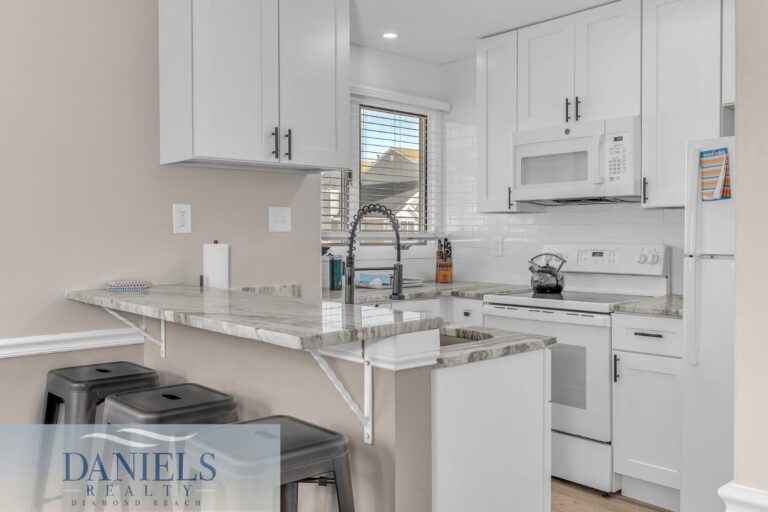How to Plan a Motorcycle Traveling Budget
There’s nothing more freeing than traveling across California – or anywhere – on a motorcycle.
If this is something you would love to do but are unsure how to get started, here are some tips to help make it happen.
Before you gather the essentials, put on your gear, fire up your engine and head off for Highway 1, there are a few things you need to consider first.
One of the most important is budget.
If you’ve never budgeted for something like this, don’t worry. It’s an exciting part of the planning process – no joke – as working out the details will bring your vision to life. Bringing you one step closer to the adventure of a lifetime.
Let’s go!
How long will you be gone?
Figuring out how long you’ll be gone is a big part of your overall budget. You need to factor in meals, gas, and accommodation.
So, let’s start off with the length of the adventure; what are the total amount of days you’ll be gone?
How many miles will you cover per day?
How many miles do you plan to travel? You likely have a route mapped out that includes the amount of ground you hope to cover.
Because you’re not traveling by car, gas will be a lot cheaper. However, you’ll still have to fuel-up, so budget accordingly.
If you’re cruising through the more scenic remote areas, be sure to map out places to stop and refuel. Keep in mind that fuel prices in the middle of nowhere tend to be a bit pricier.
If you’re flying somewhere and renting a motorcycle, those costs need to be factored in as well.
Where Are You Going?
Where is your adventure taking you? Will you be gliding through scenic tourist destinations, or opting for the peace of a wide-open stretch of road in the middle of nowhere?
If your destination is a highly trafficked area, your budget needs to mirror that. Burgers and beers at the end of the day reflect the cost of the popularity of the destination.
Do a little research beforehand to accurately account for the cost of basics wherever you’re going.
Where You Sleep, Eat, and other Necessities
There are different types of adventures.
People with a leaner budget, or those who crave a bigger sense of freedom, pack tents, or sleep under the stars.
Others have friends they stay with along the way.
Some choose to sleep in hotels, and wake up early to fuel up on coffee and a few rounds of those little hotel waffles you make yourself. Then after tucking a banana that’s seen better days into their pocket, they hit the road.
The cost of eating out for three meals a day can quickly add up. If you pack food, you can stretch any budget. You’re limited in what you can carry (and it probably won’t be the healthiest) but soups and other meals can easily be warmed up on a little camp stove.
Whatever your style is, budget accordingly.
Plan for Emergencies
This is a biggie. If something happens, let’s say you break down, your bike gets stolen, you have to fly home unexpectedly, whatever. Make sure you’re prepared.
First, have enough extra cash on hand to see you through those times. If you don’t end up needing it, great. No harm done.
The worst is to need it and not have it.
Second, make sure you’re properly insured. There are quite a few options that go beyond the basics of what motorcycle insurance traditionally covers, such as insurance for the items you’re carrying, repairs, roadside assistance, etc. You can read more on that here.
Third, consider you are in an accident. Do you know how to proceed to ensure you’re properly compensated? Make sure you’re prepared so if something were to happen, you’re not adding insult to injury by having to do research while trying to recover. This article provides some valuable insight on that topic.
Add It All Together
Total up the costs in each category, and there you have it: your motorcycle adventure budget.
If it’s more than you thought, you can modify your journey accordingly.
Part of the allure of traveling is treating yourself to a dose of the unknown. If you’re used to staying in hotels, maybe try a campsite. There are Forest Service and Bureau of Land Management spots all around California (and the rest of the USA) that you can camp at for free.
That’s right, free.
A backpacker’s tent weighs next to nothing, and takes up about the same amount of space.
Conclusion:
Don’t put it off any longer. Don’t wait for someday. As soon as you finish reading these last words, start planning.
It’s something you want, so go for it!






